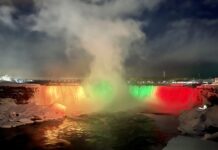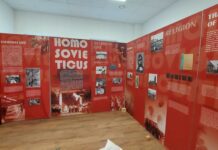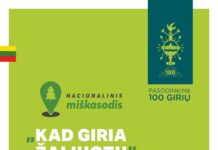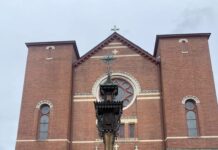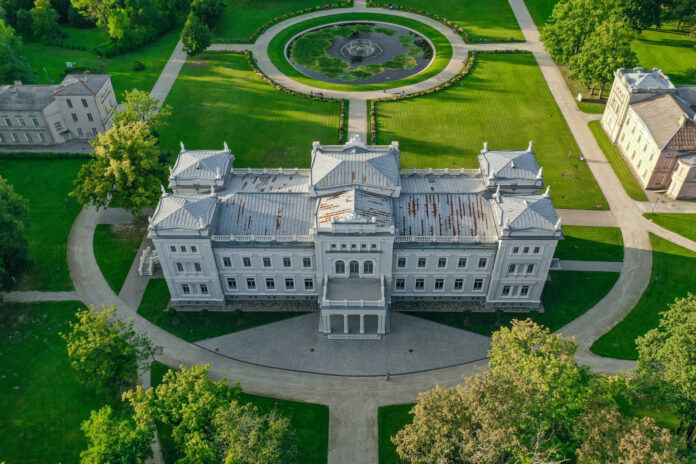
Historic Sites to Discover for Locals and Visitors
Photos and text reprinted with permission from bernardinai.lt
The Raudonvaris (literally “Red Estate”) estate in the Kaunas region was established in the 19th century, with four hectares surrounding Renaissance-style structures. Green areas have been renewed, and flowerbeds contain ancient varieties of roses.
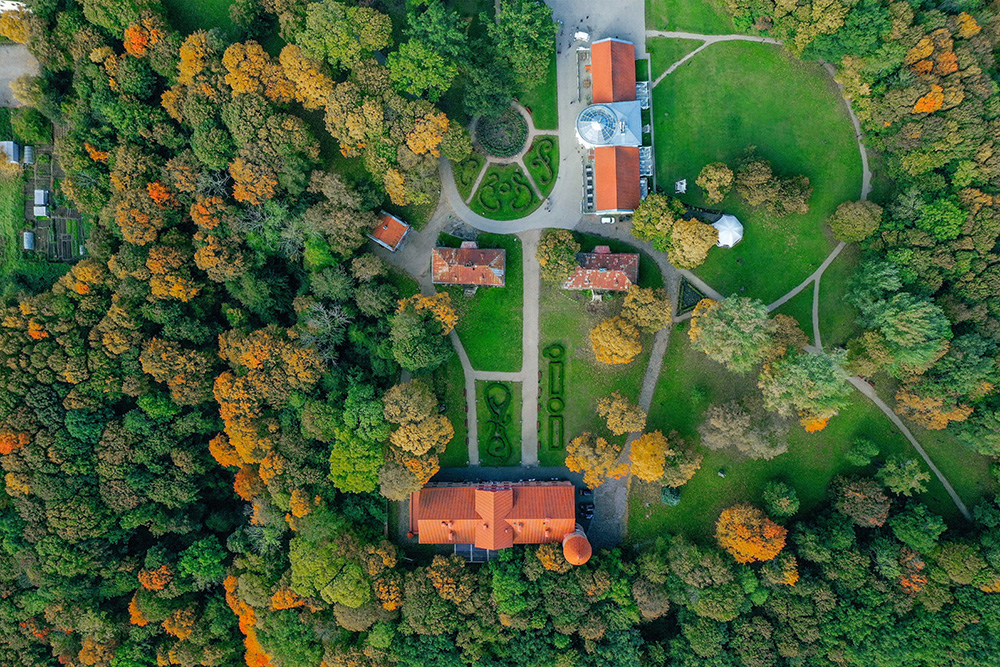
The Belvedere estate in the Jurbarkas area is a landscaped park on a beautiful beside the Nemunas River. Access to the river is possible via 365 steps down the southern bank. Visitors can walk along the meandering pathways and find a lookout point on a knoll. There are many indigenous tree varieties growing here, as well as chestnut, larch, grey poplar, cedar, pine, fir and other varieties, as well as ancient giant trees. There is an avenue lined with birch trees, another with spruce and a third with Western cedar.
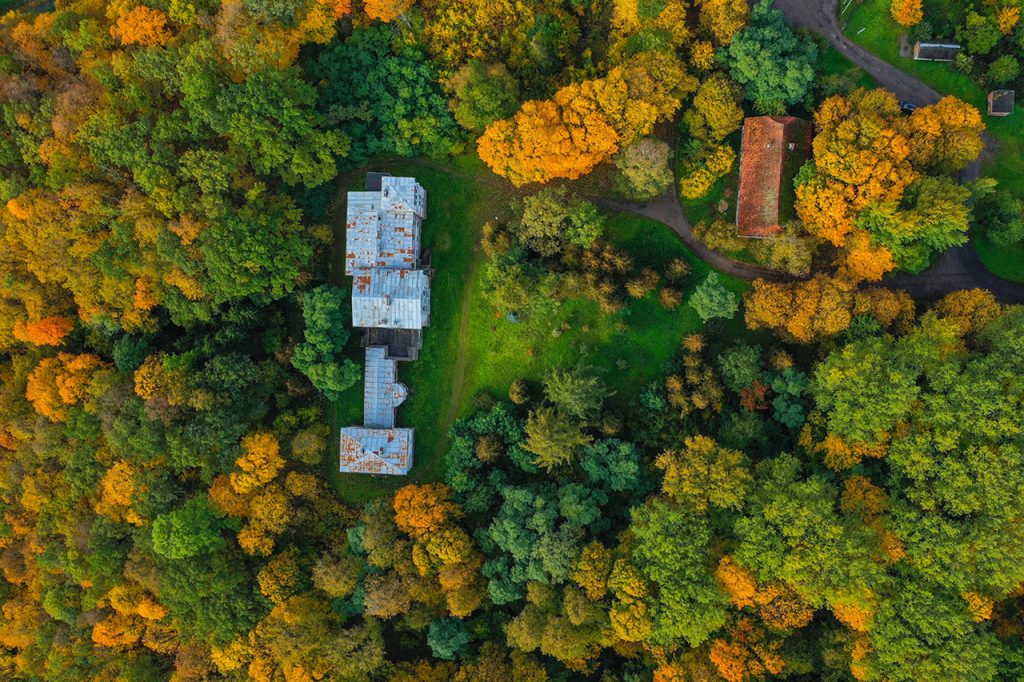
The Jurbarkas estate in the city of Jurbarkas is surrounded by a mixed park along the Mituva River, taking up an area of 30 hectares. The gently undulating landscape includes several tree-lined walkways, a bridge across the river and in the centre, a circular open area. The estate is populated with maple, linden, birch, oak, beech, larch and other varieties of trees.
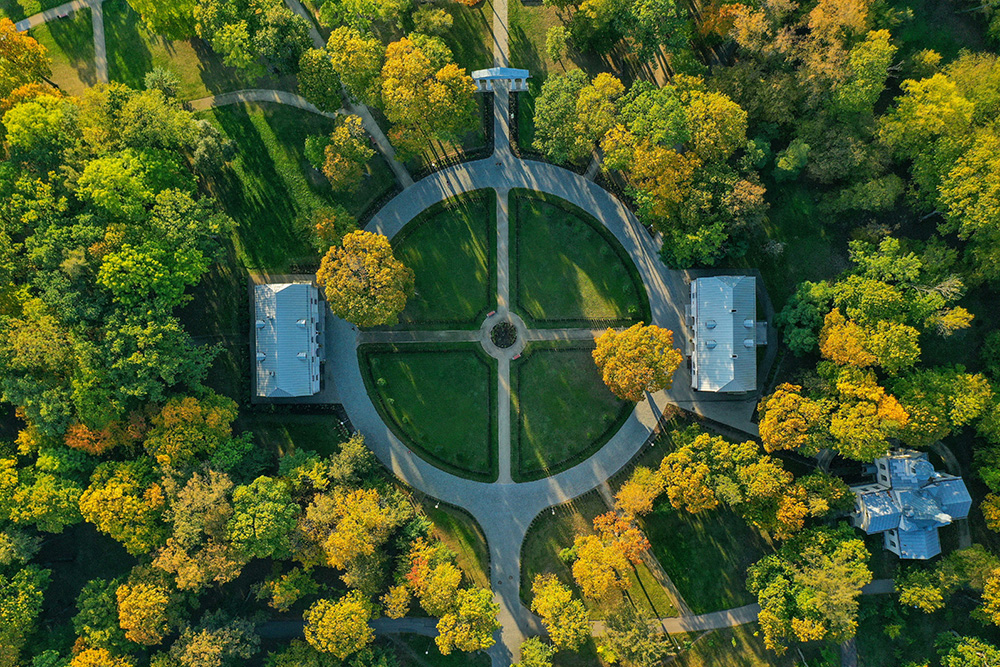
The Zypliai estate in the Šakiai regions has a park created in the 19th century which has retained its old roadways, paths and pools. This huge park also has avenues lined with poplar and beech.
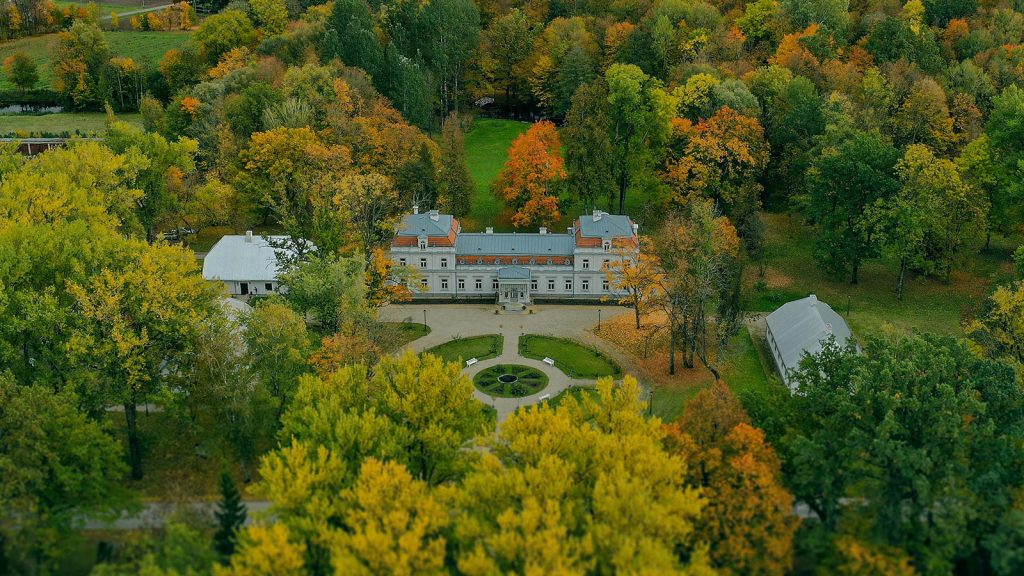
The estate park at Plungė, built in the 19th and early 20th century, surrounds an impressive manor. A distinguishing feature of the park is a huge fountain with a sculpture of Aphrodite with Three Cupids at its centre. This year, in 2020, renewal of the former fruit orchard began, with 400 peonies planted in the spring, and 130 ancient strains of apple trees planted in the autumn.
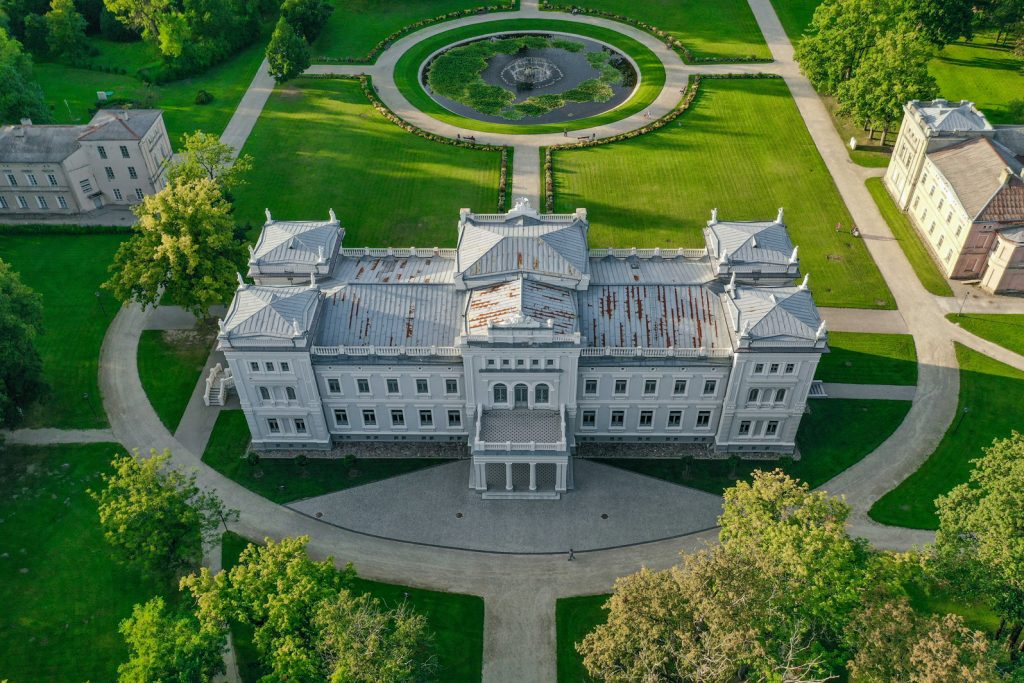
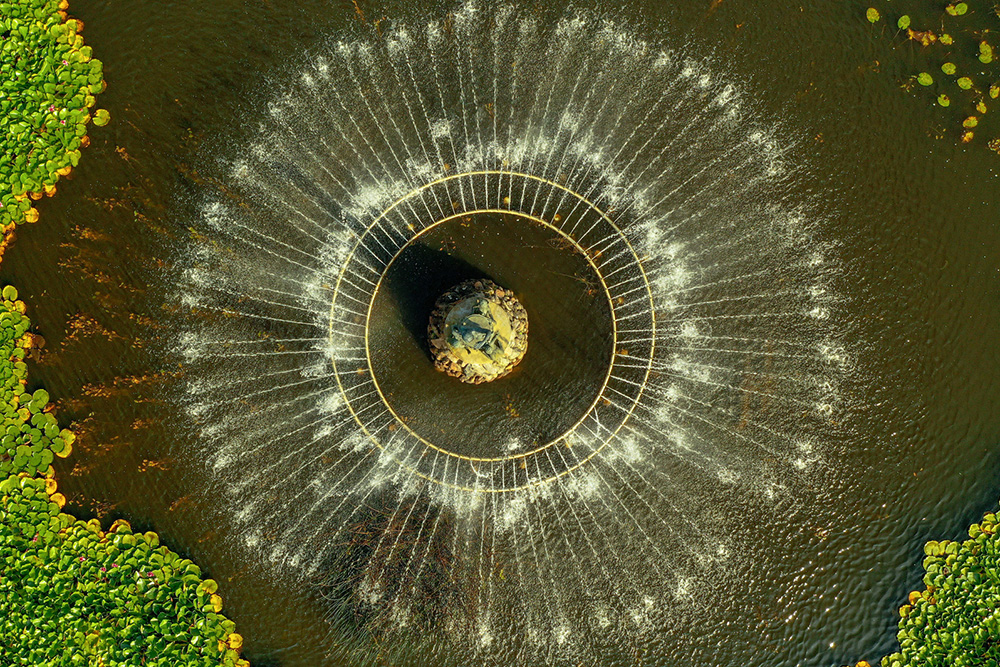
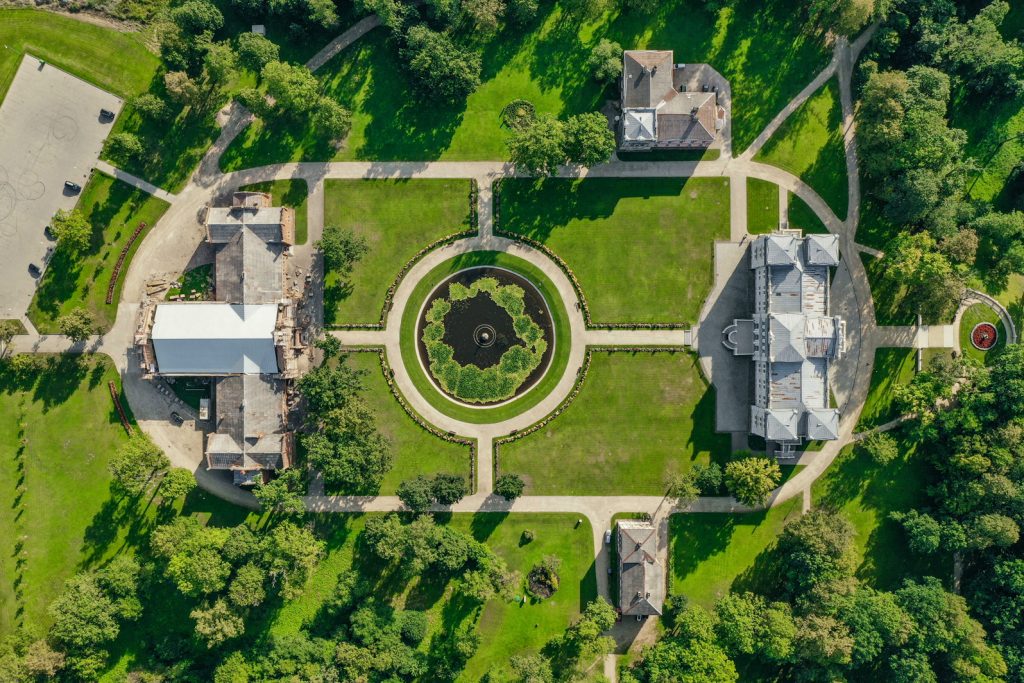
The Kretinga estate park was begun in the 17th century, and reconstructed in the 19th century. At that point it was designed in the French style, with precise geometric forms. The avenues dividing the property were decorated with fountains, cascading pools, and populated with pheasants and snails, with the music by the Count‘s orchestra echoing through the park in the summer Today the mixed style park still has its straight avenues with meandering walkways in the landscaping. The pools glisten in the sunlight and has many varieties of trees and shrubs, and giant old oaks. On the grounds in front of the manor, the fountain with its sculpture has been restored.
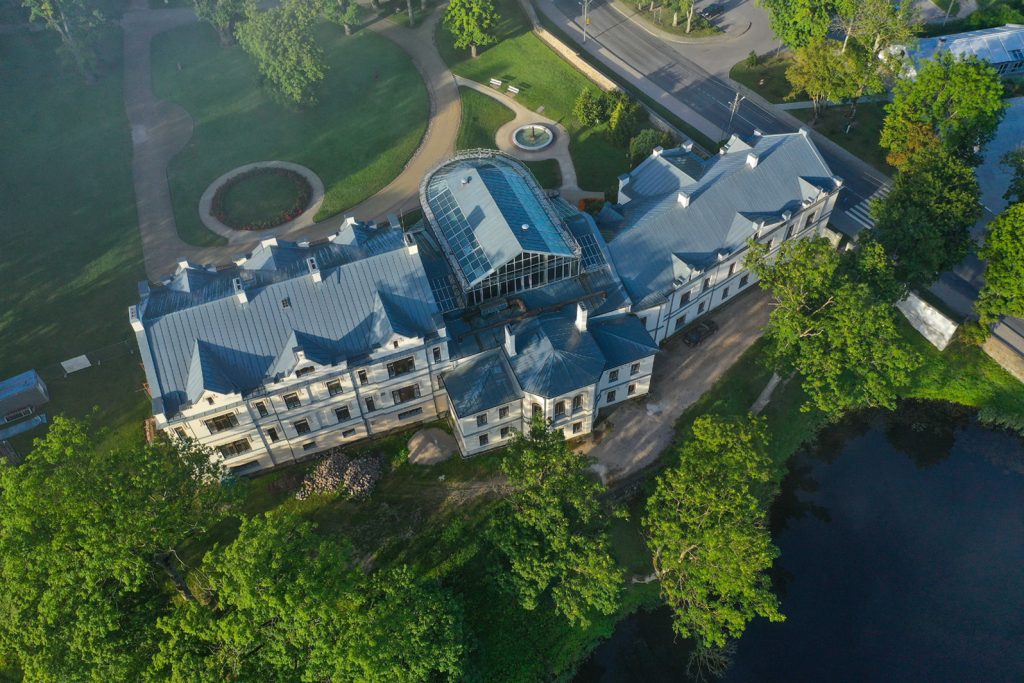
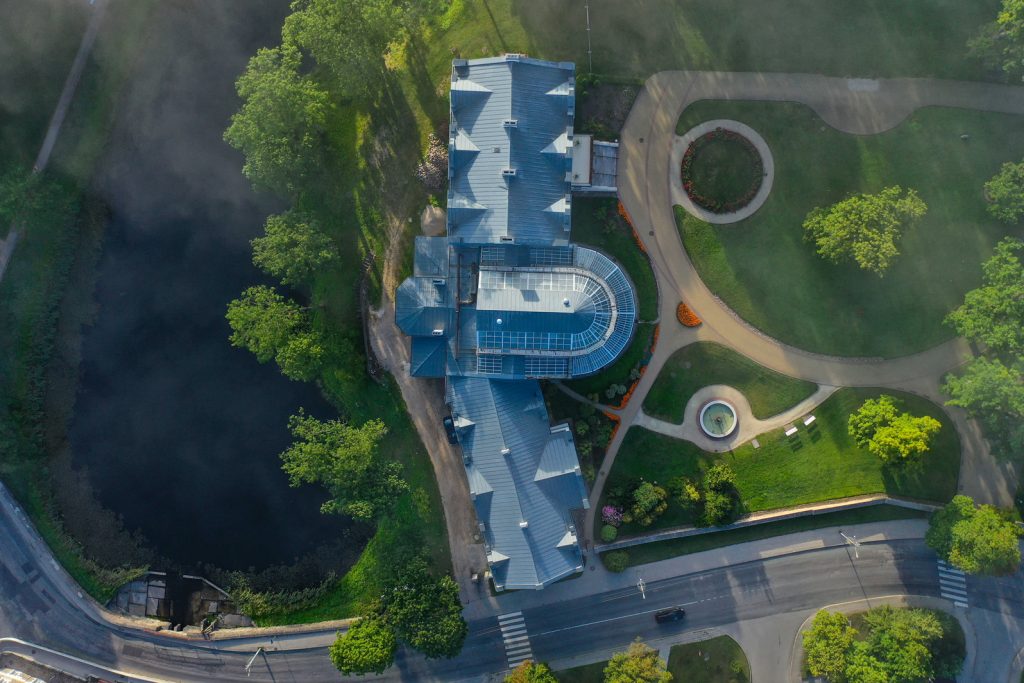
The Hugo Šojus estate English-style park was constructed at the turn of the 20th century. It is bordered by the Šyša River, and has an avenue and several pools. At one time it contained a multitude of tree and shrub varieties, many of which still grow there today.
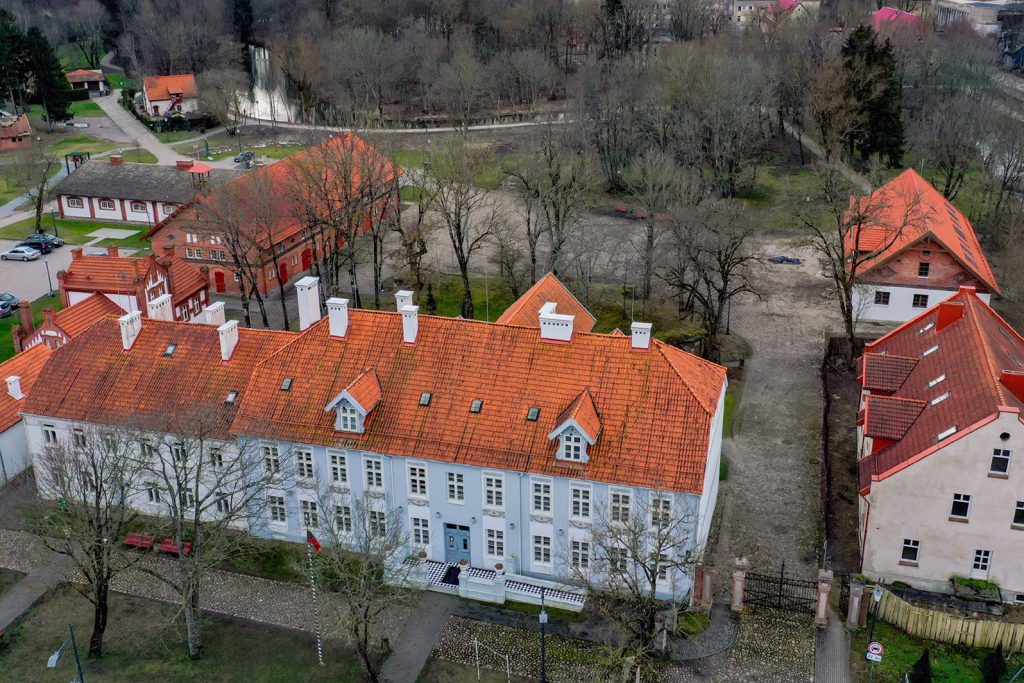
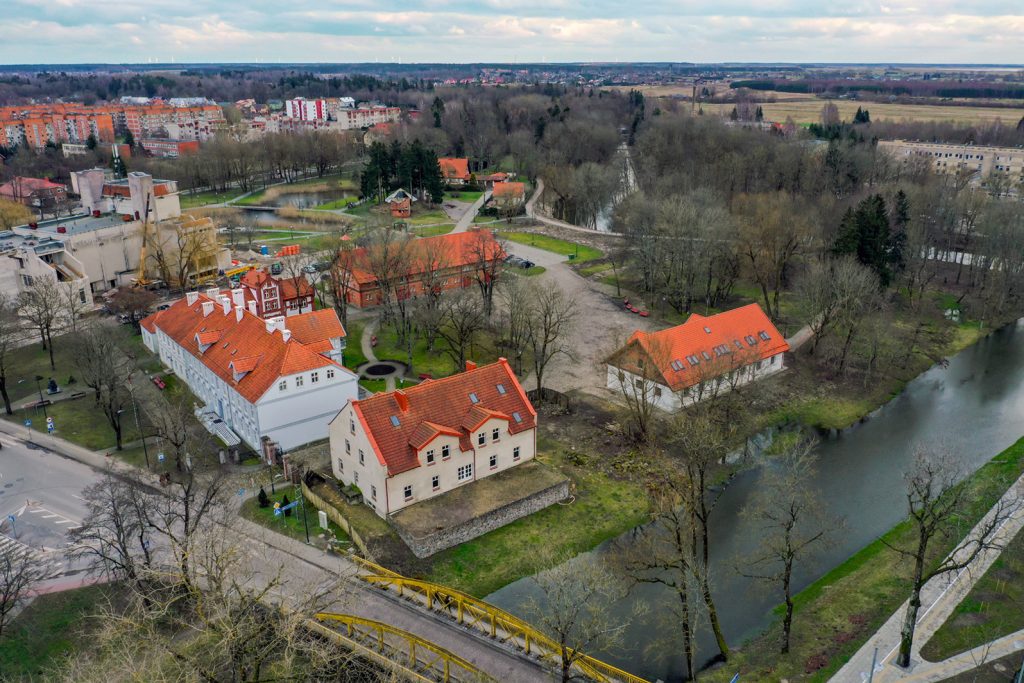
Aštrioji Kirsna estate park in the Lazdijai region was built in the second half of the 19th century. It is thought to have been designed by Konradas Linkas, a gardener who came from Seinai. The undulating landscape of the park includes several lookout platforms, pools, walkways and an avenue of small-leaved linden trees. Growing here are varieties such as oak, linden and maple, beech and aspen, beech and larch, as well as spruce, chestnut, willow and others.
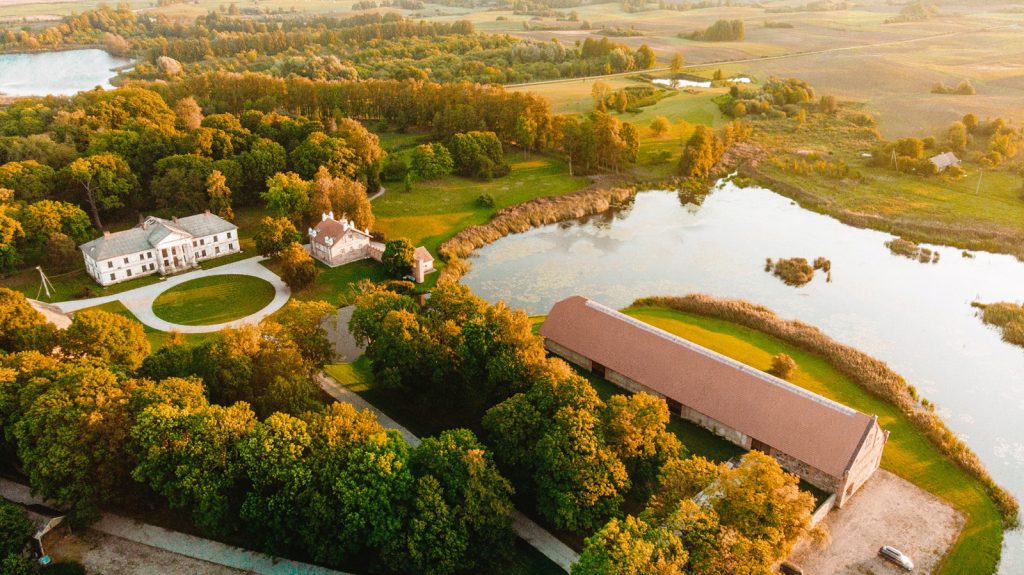
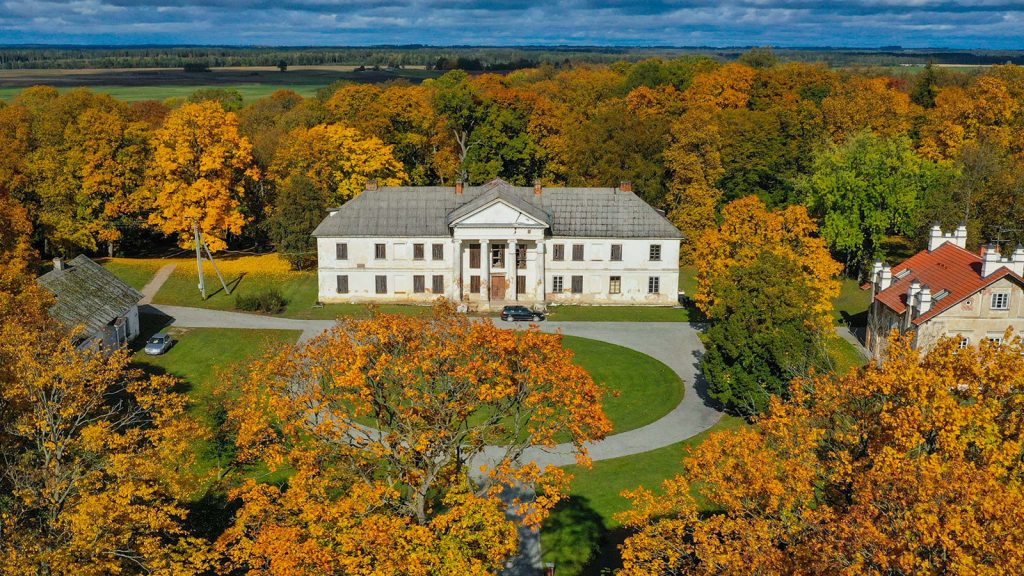
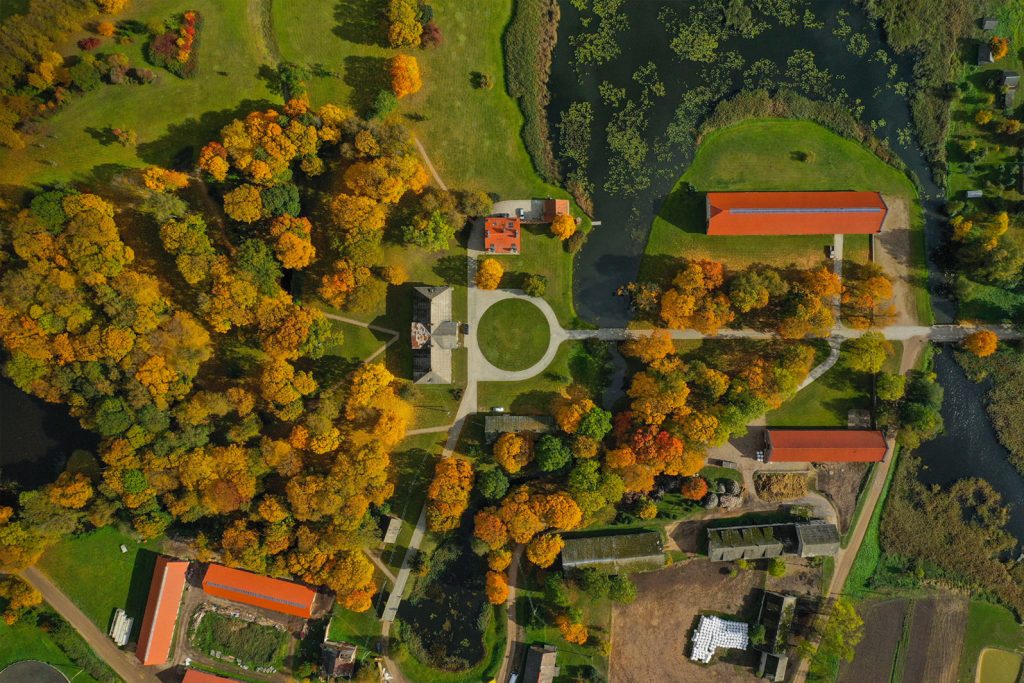
The oldest estate parks in Lithuania date back to the 17th century. Some of the properties were restored, others may only be remembered as they once were. But walking the same pathways and avenues once frequented by the nobles who lived there may always leave us with pleasant memories of the past.
Original text by Vilma Dečkutė Žukauskienė
Translated by Ramūnė Jonaitis







